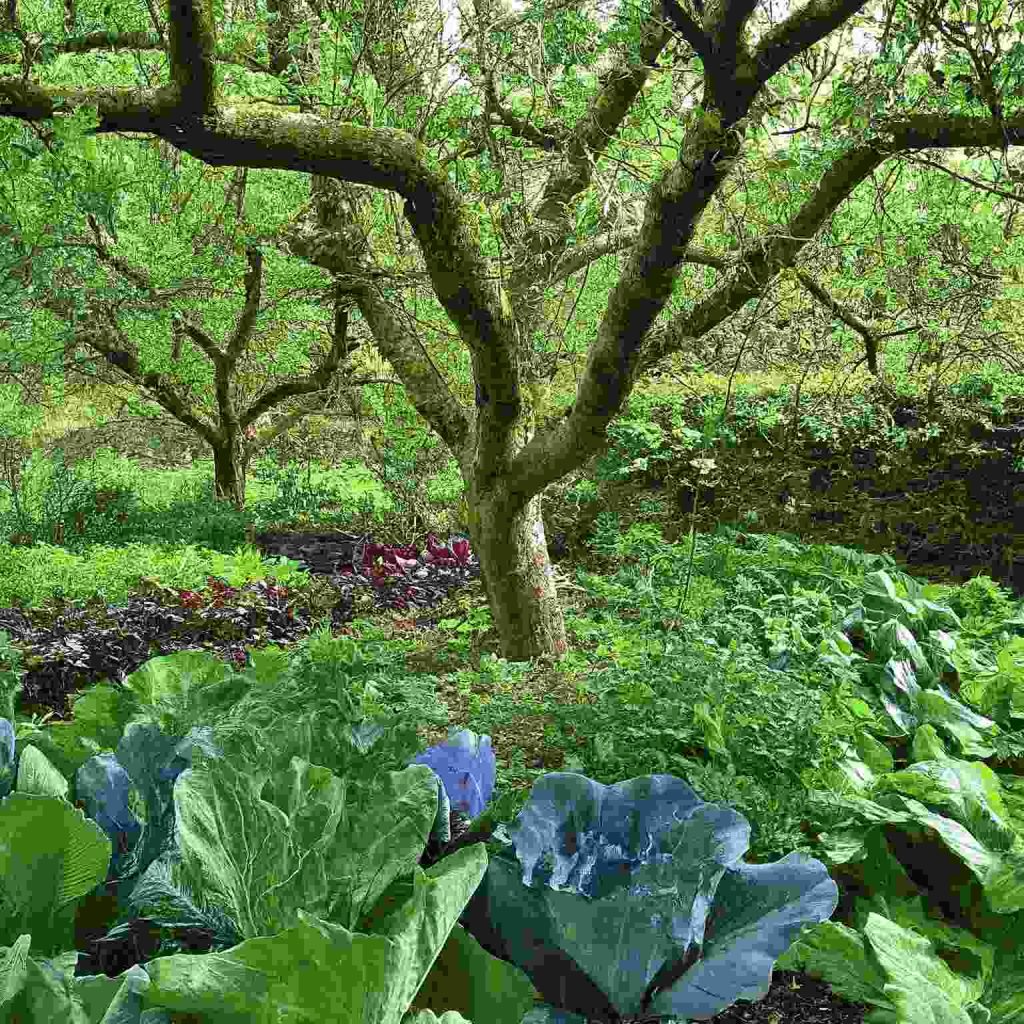Organic gardening is a rewarding practice that allows you to grow your own vegetables without relying on synthetic fertilizers or pesticides. By using natural methods, you can produce healthier, tastier vegetables while supporting the environment. Here’s a comprehensive guide to help you start your own organic vegetable garden.

1. Planning Your Garden
Choosing a Location
- Sunlight: Ensure your garden receives at least 6-8 hours of sunlight daily.
- Soil Quality: Choose a spot with well-draining soil rich in organic matter.
- Accessibility: Make sure the location is easy to water and maintain.
Selecting Vegetables
- Climate Compatibility: Choose vegetables that grow well in your local climate.
- Space Requirements: Consider the space each plant needs to grow properly.
- Personal Preferences: Grow vegetables that you and your family enjoy eating.
2. Preparing the Soil
Soil Testing
- pH Levels: Test your soil’s pH to ensure it’s in the optimal range for your chosen vegetables (usually between 6.0 and 7.0).
- Nutrient Content: Assess the nutrient levels and amend the soil accordingly.
Adding Organic Matter
- Compost: Incorporate compost to improve soil structure, fertility, and moisture retention.
- Manure: Use well-rotted manure to add nutrients and organic matter.
- Cover Crops: Plant cover crops like clover or alfalfa to enhance soil health and prevent erosion.
3. Planting Your Vegetables
Starting Seeds Indoors
- Timing: Start seeds indoors 6-8 weeks before the last frost date.
- Containers: Use seed trays or small pots with drainage holes.
- Soil Mix: Use a seed-starting mix that’s light and sterile.
- Transplanting: Harden off seedlings by gradually exposing them to outdoor conditions before transplanting them into the garden.
Direct Sowing
- Soil Preparation: Loosen the soil and remove weeds before planting.
- Planting Depth: Follow seed packet instructions for proper planting depth and spacing.
- Watering: Water gently but thoroughly after planting to settle the seeds in the soil.
4. Maintaining Your Organic Garden
Watering
- Consistency: Water deeply and consistently to keep the soil evenly moist.
- Timing: Water in the early morning to minimize evaporation and reduce disease risk.
Mulching
- Benefits: Mulch helps retain soil moisture, suppress weeds, and regulate soil temperature.
- Materials: Use organic mulches such as straw, grass clippings, or wood chips.
Weeding
- Manual Removal: Pull weeds by hand or use a hoe to keep the garden weed-free.
- Preventive Measures: Mulch and close plant spacing can help reduce weed growth.
5. Natural Pest and Disease Control
Encouraging Beneficial Insects
- Predators: Attract ladybugs, lacewings, and predatory beetles to control pests naturally.
- Pollinators: Plant flowers like marigolds and sunflowers to attract bees and other pollinators.
Organic Pesticides and Remedies
- Neem Oil: Use neem oil to control a wide range of insect pests.
- Insecticidal Soap: Apply insecticidal soap to manage soft-bodied insects like aphids and mites.
- Diatomaceous Earth: Sprinkle diatomaceous earth around plants to deter crawling insects.
Disease Prevention
- Crop Rotation: Rotate crops yearly to reduce soil-borne diseases and pest buildup.
- Proper Spacing: Ensure adequate spacing between plants to improve air circulation and reduce disease risk.
- Cleanliness: Remove and dispose of diseased plant material promptly.
6. Fertilizing Organically
Compost and Manure
- Compost Tea: Brew compost tea and use it as a nutrient-rich liquid fertilizer.
- Aged Manure: Apply well-rotted manure to provide essential nutrients.
Organic Fertilizers
- Bone Meal: Use bone meal to add phosphorus for root development.
- Blood Meal: Apply blood meal to boost nitrogen levels for leafy growth.
- Fish Emulsion: Use fish emulsion as a balanced, all-purpose fertilizer.
7. Harvesting and Storing Vegetables
Harvesting Techniques
- Timing: Harvest vegetables at their peak ripeness for the best flavor and nutrition.
- Tools: Use clean, sharp tools to harvest vegetables to minimize damage to plants.
Storing Produce
- Cool and Dry: Store vegetables in a cool, dry place to extend their shelf life.
- Preservation Methods: Consider canning, freezing, or drying surplus produce to enjoy year-round.
8. Sustainable Practices
Water Conservation
- Rainwater Harvesting: Collect rainwater to reduce reliance on municipal water.
- Drip Irrigation: Install drip irrigation systems to deliver water directly to the plant roots efficiently.
Biodiversity
- Companion Planting: Plant compatible species together to enhance growth and deter pests.
- Diverse Plantings: Include a variety of plants to promote a balanced ecosystem.
Soil Health
- No-Till Gardening: Minimize soil disturbance to maintain soil structure and health.
- Cover Crops: Use cover crops to add organic matter and protect soil during the off-season.
Conclusion
Organic gardening is a fulfilling and environmentally friendly way to grow your own vegetables. By following these guidelines, you can create a thriving organic garden that provides fresh, nutritious produce while promoting ecological balance. Enjoy the journey of cultivating your own food naturally and reaping the rewards of your efforts. Happy gardening!
